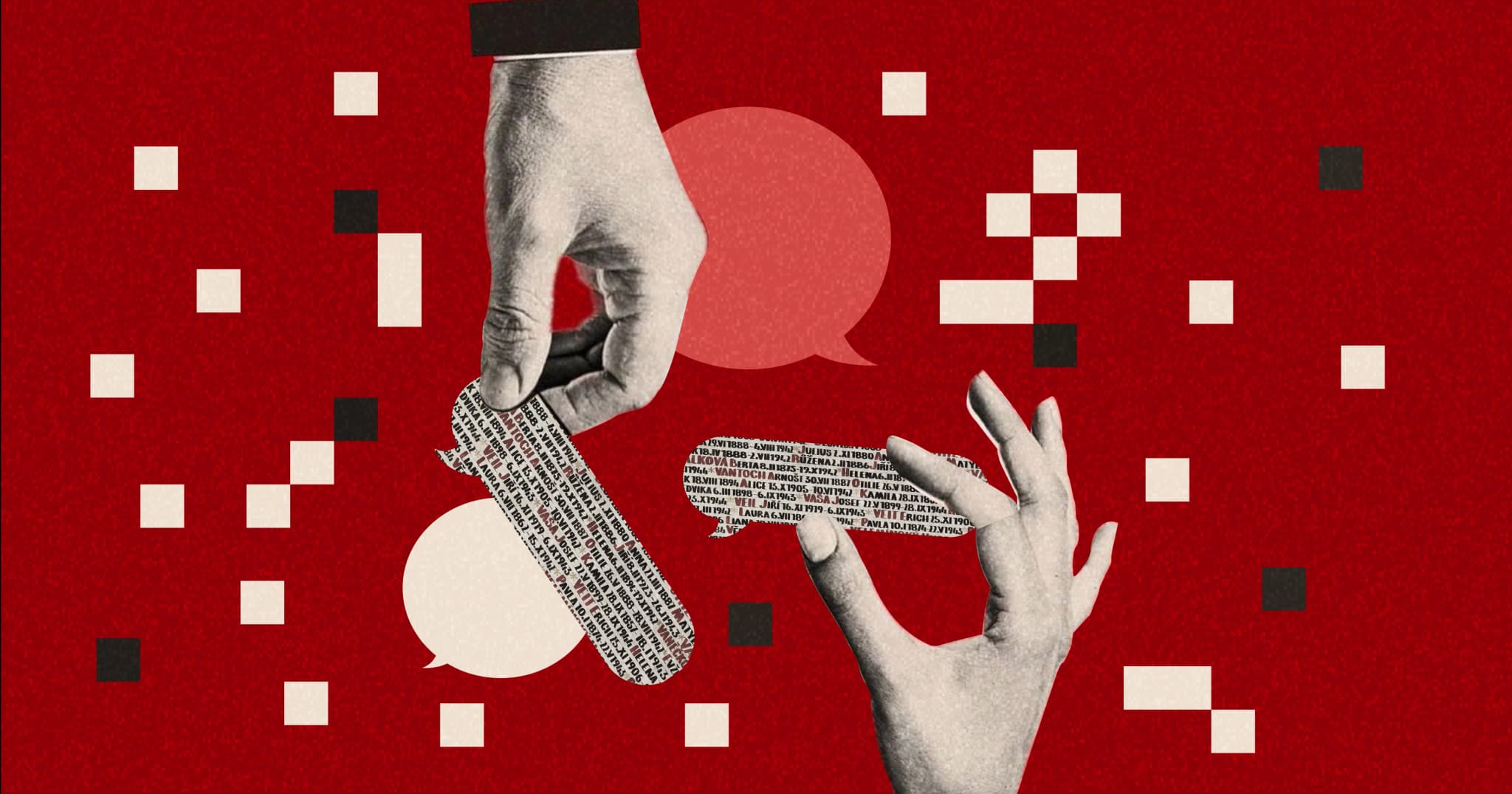The TL;DR Version
In 1986, American fashion royalty, Tommy Hilfiger, went bankrupt. He would’ve been forgotten until one unique advertising billboard turned his next venture into a multi-billion dollar empire.
It failed. Now what?
After failing miserably in his first hippie venture called People’s Place, Tommy Hilfiger was approached by the Indian fashion mogul Mohan Murjani with a business idea. At the time Tommy didn’t know how to run a successful business, but he knew fashion. It was the beginning of something new. Something eponymous. An “old money” fashion brand millions have come to love since—The Tommy Hilfiger Corporation. In fact, the brand website is simply named tommy.com, because who doesn’t know Tommy?

Tommy Hilfiger had other plans for the new business.
He wanted to transform the brand into a global lifestyle phenomenon. A Sisyphean endeavour, considering the fiercely competitive market and a budget tighter than a superhero’s spandex.
There was one man for the job. Famous art director George Lois, fresh out from the golden age of advertising, was no stranger to creative novelty. He had previously worked with Braniff International Airways and churned out the knockout marketing campaign, “When You Got It, Flaunt It”, which oversaw an 80% increase in business revenue for the American airline.
“George Lois was introduced to me as the perfect advertising genius. Then I was told he didn’t do fashion advertising, so I was a little confused about why we were speaking to him.”
Tommy Hilfiger had initially envisioned a sun-soaked Hamptons shoot with young models for the first marketing campaign. To which George had exclaimed, “Are you crazy? You can’t do that. It will take you 20 years to build a brand that way.”

To drive his point home, Lois presented display boards featuring advertisements for Armani, Versace, and a slew of other designer brands. Stripping away the brand names from the ad visuals, he challenged Tommy Hilfiger to identify each brand by image. Tommy admitted defeat. Without a distinctive brand identity, Hilfiger would struggle to stand out in the era of copycat fashion marketing.
Instead, Lois conjured Tommy Hilfiger’s name boldly displayed in 3-meter high letters, hangman style, over New York Times Square. An artistic gambit to place the then-unknown Tommy Hilfiger next to American fashion legends like Ralph Lauren, Perry Ellis, and Calvin Klein.
The billboard said, “THE 4 GREAT AMERICAN DESIGNERS FOR MEN ARE…”

Tommy Hilfiger had his reservations, finding the marketing too obnoxious and potentially embarrassing. But the stage was set, and the advertising billboard ascended into the city’s skyline. And so began a new leading chapter in the ongoing American fashion legacy.
Soon, Tommy Hilfiger’s Nantucket-meets-NWA aesthetic sent the world into a frenzy, and when Snoop Dogg flaunted Tommy Hilfiger on Saturday Night Live in 1994, sales skyrocketed. Tommy Hilfiger was also among the first designers to wholeheartedly embrace the power of celebrity endorsement. Collaborating with then hip hop luminaries like Aaliyah, Tommy Hilfiger solidified its brand identity. By 1999, the label reached new heights as the primary sponsor of Britney Spears’ iconic Hit Me Baby One More Time tour.

In his book, Damn Good Advice (For People with Talent!), designer George Lois looks back on the experience fondly. “Talking to Tommy, I asked about the clothes, which he wanted to be very American, so I said, ‘You want to be another Ralph Lauren or Calvin Klein?’ He said, ‘Sure, I want to be another one of those guys.’ Bingo! That’s my campaign.”
The success of Tommy Hilfiger’s advertising strategy is a testament to both smart observation and a little madness. By strategically placing Tommy Hilfiger’s name alongside other American fashion giants, the billboard positioned the brand as part of an elite club. It’s no surprise that standing out as a rookie in a crowded market requires at least some amount of creativity, but even a greater amount of attention. When you know what exactly it is you’re going after, the world has a funny way of showing you the ropes.
“Who is Tommy Hilfiger?” echoed the streets of New York in 1986.
For now… just a global household name.
Read more on how Tommy Hilfiger faced challenges on his way to fame. We’ll break down how he did it with smart ads and savvy marketing in the next read ✨

.webp&w=2048&q=75)

